Samsung’s original Galaxy Flip revolutionized the foldable phone market by emphasizing portability over sheer screen size, which had characterized earlier models like the Galaxy Fold. The Flip’s success took Samsung by surprise, capturing 70% of the company’s foldable sales in 2021 due to its more practical design and lower price point. This success contributed significantly to the 10 million foldable units Samsung shipped that year.
The popularity of Samsung’s foldables has attracted competition, which has improved the market by increasing device diversity and prompting Samsung to rethink some of its design choices.
For instance, recent models have slightly widened the Fold’s narrow front-facing screen, addressing user feedback about its awkward aspect ratio. However, novelty alone isn’t enough to sustain interest indefinitely, especially with competitors like Google’s Pixel Fold and OnePlus Open introducing new ideas.
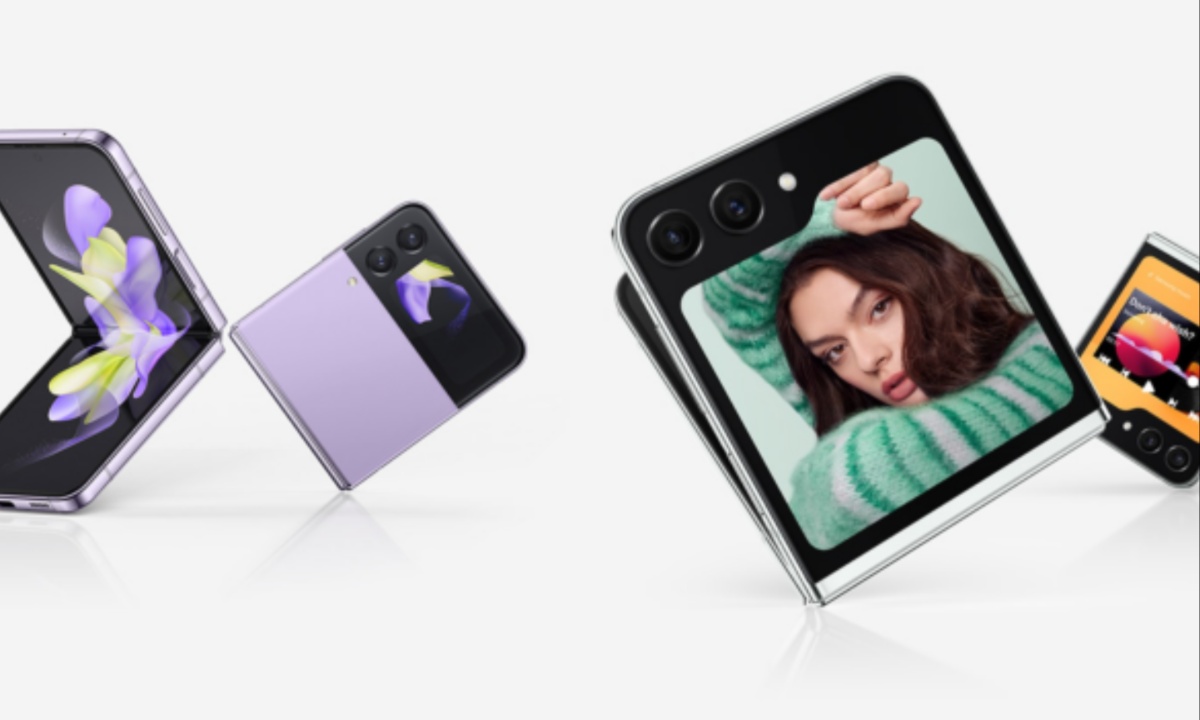
One of the unexpected challengers in the foldable market has been Motorola’s Razr, which initially seemed like a nostalgic gimmick but has since evolved into a serious competitor. The 2020 Razr’s lackluster specs and high price did little to endear it to consumers, but improvements in subsequent models have shown that foldables are more than just a passing trend.
According to Counterpoint Research, the global foldables market grew by 49% year-on-year in the first quarter of 2024, with Huawei overtaking Samsung for the first time.
Huawei’s impressive growth, especially in its native China, and Motorola’s substantial global gains contrast with Samsung’s 42% drop in shipments for the quarter. Despite this, Samsung remains the second-largest player in the market, holding 23% of the total share. The latest models from Samsung and Motorola are expected to drive future growth, though their impact on quarterly shipments is yet to be seen.
Samsung’s current challenge is to keep the foldable category exciting and convince both non-foldable owners and existing customers to upgrade, despite the high starting prices of the Fold and Flip.
While the Flip 6 outperforms the Razr+ in imaging, Motorola’s design, display quality, and competitive pricing pose a significant threat. Samsung is rumored to be developing a more affordable foldable, which could be crucial as affordability becomes the next key innovation in the foldable phone market.

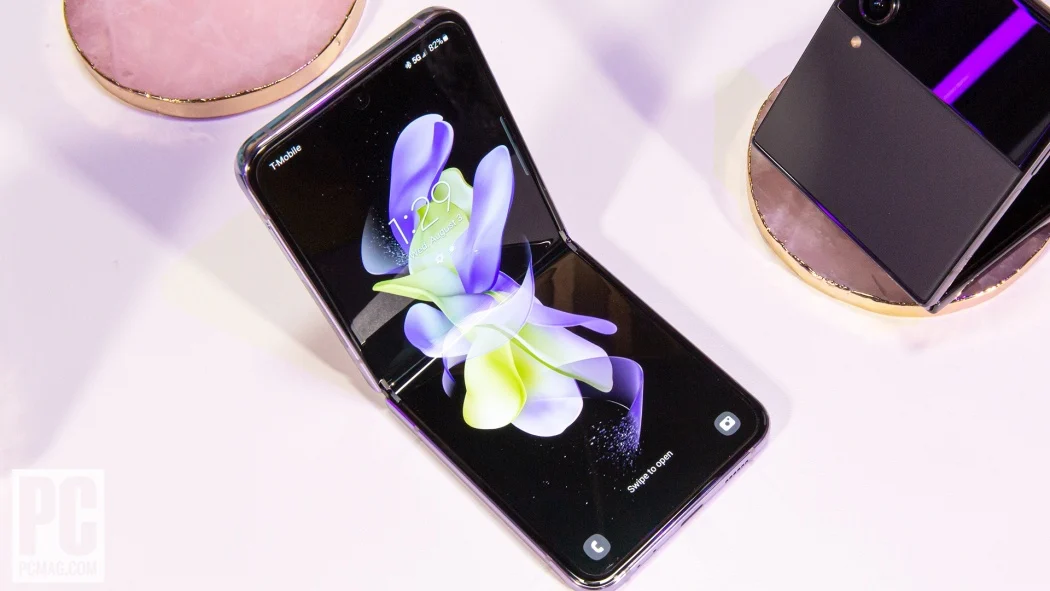
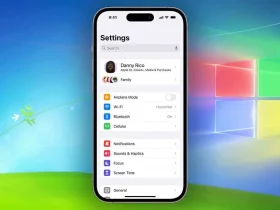


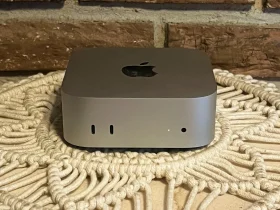
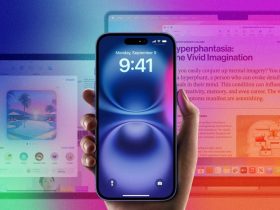
Leave a Reply